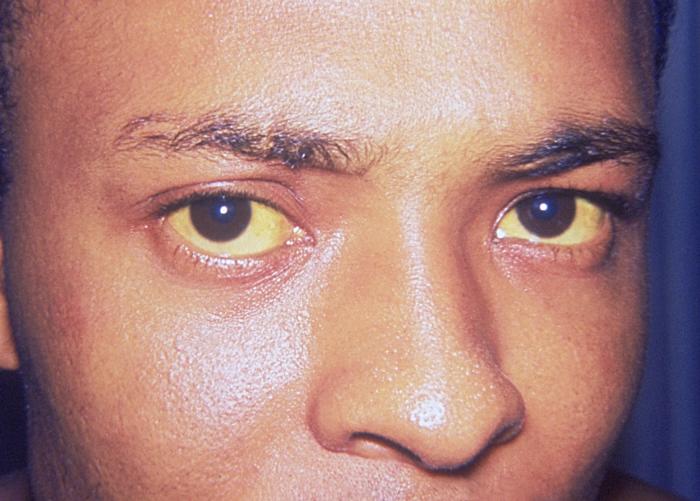Hepatitis A outbreaks have struck a number of cities and states since the beginning of 2017 to include San Diego and other areas of California, Detroit and other areas of Michigan, Kentucky,especially Louisville, Utah and West Virginia.

In fact, since Jan 2017, the Centers for Disease Control and Prevention (CDC) received more than 2,500 reports of hepatitis A infections associated with person-to-person transmission from multiple states, including dozens of deaths.
Of the more than 1,900 reports for which risk factors are known, more than 1,300 (68%) of the infected persons report drug use (injection and non-injection), homelessness, or both. Severe infections can result in cholestatic hepatitis, relapsing hepatitis, and fulminant hepatitis leading to death.
In addition, during this time, responses conducted in various states resulted in increased vaccine demand and usage, resulting in constrained supplies of vaccine.
Federal health officials say person-to-person transmission of HAV between persons who report drug use and/or homelessness could result from contaminated needles and other injection paraphernalia, specific sexual contact and practices, or from generally poor sanitary conditions.
Transience, economic instability, limited access to healthcare, distrust of public officials and public messages, and frequent lack of follow-up contact information makes this population difficult to reach for preventive services such as vaccination, use of sterile injection equipment, and case management and contact tracing. These challenges make outbreaks among these groups difficult to control.
- Syphilis: UConn researchers identify exterior proteins on the bacteria that could serve as vaccine targets
- Philippines reports increase in measles in 2018
- Brazil measles outbreak update, many confirmed cases reported among Venezuelans
- Fresh cut melon recalled due to Salmonella risk
- Missouri officials investigate possible Bourbon virus case in St. Louis County
- Paraguay is certified malaria-free: First South American country to eradicate the disease



2 thoughts on “Hepatitis A: CDC received 2,500 reports since 2017”